3DPrint.com | The Voice of 3D Printing / Additive Manufacturing |
- UK’s Largest Rocket Engine Factory Opens with World’s Largest Hybrid Metal 3D Printer
- Can 3D Printing Make You Antifragile? 3D Print Your Way to Antifragility
- Eli Lilly to Explore New 3D Printed Pharmaceuticals with Triastek
| UK’s Largest Rocket Engine Factory Opens with World’s Largest Hybrid Metal 3D Printer Posted: 19 Jul 2022 06:00 AM PDT Skyrora Ltd's new manufacturing headquarters has just opened, officially making the Scottish company the operator of the UK's largest jet engine factory. Skyrora is already the owner of the largest hybrid metal 3D printer in Europe. Based in Edinburgh, Skyrora's new production facility, called the Skyrora Vehicle Assembly Building, is located in North Lanarkshire (suburban Glasgow). The building itself contains a total of 55,000 square feet of factory floor and office space, with an adjoining 67,000 square foot yard, used for launch rehearsals. According to Skyrora, this makes the facility capable of producing as many as 16 of its XL launch vehicles annually. The XL is Skyrora's latest prototype, one version of which has already been tested successfully. 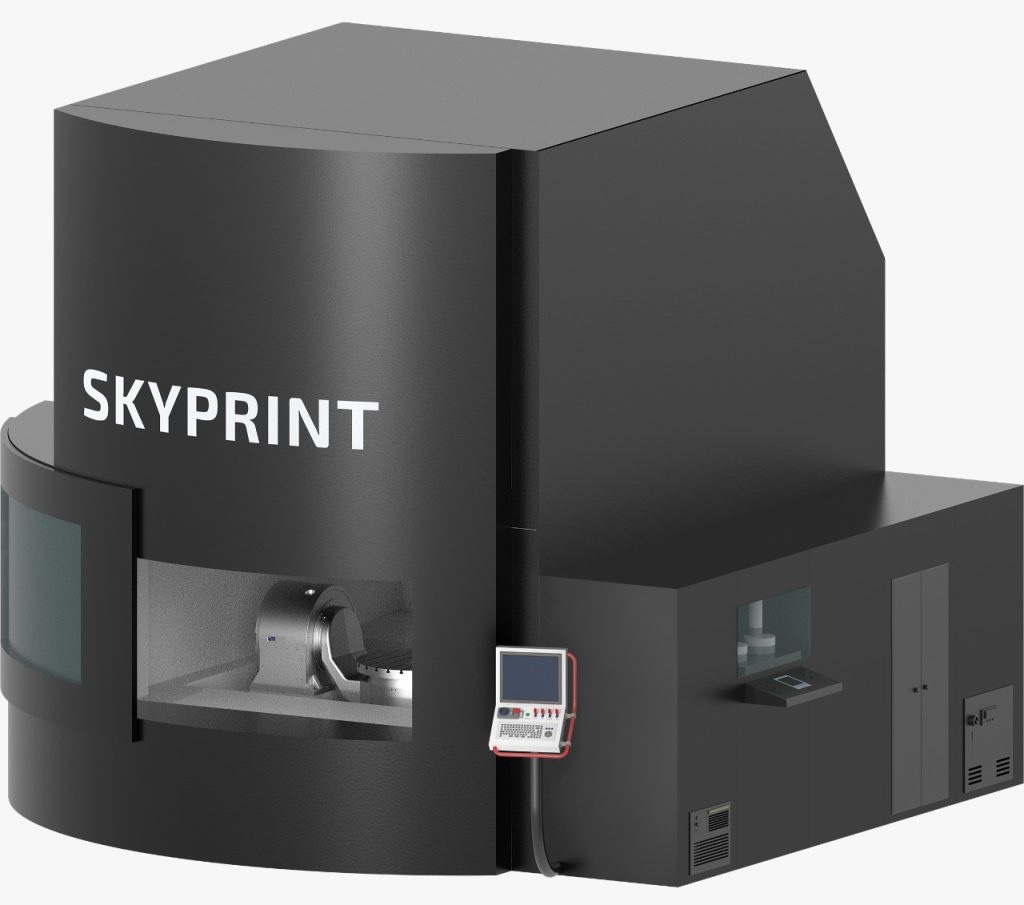
 Arnett also pointed out that one-fifth of the UK's space workers are in Scotland, which is notable considering the country contains only one-twelfth of the UK's total population. Skyrora is expected to conduct the first launch in the history of the new SaxaVord Spaceport some time later this year. The spaceport is located in Unst, the most northerly part of the Shetland Islands, themselves the most northerly part of the UK. The territory's strategic location likely does much to explain the UK's apparent emergence as a new hub for commercial space. 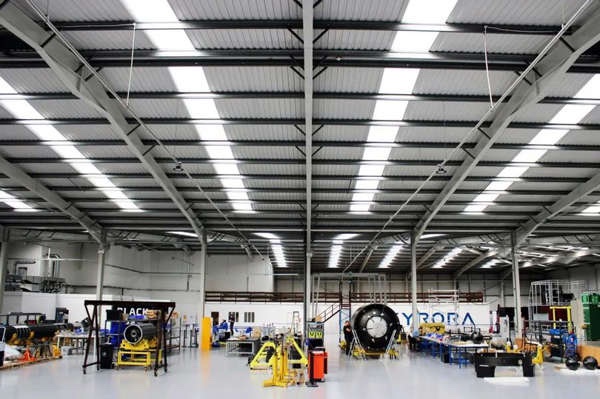 The Skyprint 2, the aforementioned "largest hybrid metal 3D printer in Europe", is a DED machine capable of producing parts via both additive and subtractive processes. This allows operators to use the Skyprint 2 to repair parts that weren't originally printed. The machine is responsible for producing components for the XL's 70kN engine, which is the most powerful commercially-produced liquid engine on the UK market. Although much attention is rightfully paid to the use of AM in the American and Chinese space sectors, it is also striking the extent to which the latest phase in the European Space Agency's evolution has been dependent on AM. The progress being made in the UK, in particular, suggests the trajectory and makeup of new global supply chains to be formed over the next decade. In an interesting mashup of the past and the future, critical emerging technologies (CETs) could once again make the northern transatlantic the central node in international trade. Images courtesy of Skyrora The post UK's Largest Rocket Engine Factory Opens with World's Largest Hybrid Metal 3D Printer appeared first on 3DPrint.com | The Voice of 3D Printing / Additive Manufacturing. |
| Can 3D Printing Make You Antifragile? 3D Print Your Way to Antifragility Posted: 19 Jul 2022 05:30 AM PDT Previously, we’ve looked at antifragility as a concept in itself, as well as if 3D printing can make a business antifragile and whether additive manufacturing (AM) as an industry could be antifragile. Now, we’re going to see that, in a world prone to fragile chaos, perhaps AM could make everything more antifragile. How Might One Consistently Respond to Shocks?The answer to the above question? They could 3D print their way to antifragility, of course. I’ve previously stated that, from the pint of view of the individual enterprise, 3D printers alone will not make one more antifragile, per se. However, collectively, all of the 3D printers in the world could be used to repurpose demand, absorb shocks, and produce what is needed where it is needed. 3D printing represents a number of technologies that build an object, layer by layer. AM is modular in that more machines can be placed somewhere and increase production without expensive retooling or changes, all within a small form factor. During COVID, we saw that AM could be used to make some medical devices and aids to help out in trying times. We must also realize that the technology can perhaps manufacture only about one percent of all the products currently. However, as AM’s capability grows and automation makes its way into the 3D printing industry, the technology can produce more items more reliably more cheaply. At a certain point, significant 3D printing capacity could operate globally to absorb supply and demand shocks for certain categories of high-value goods directly. Additionally, AM can be used to make short-run mold tooling to produce more goods more reislliently in times of chaos and shocks. So far, we’ve only been discussing resilience. And that is what many are focusing on. However, we can go further and move towards anti-fragility, as well. Tuned DampingTuned mass dampers are large pendulum-like devices that can be affixed to skyscrapers. As this Purdue textbook explains:
In one example of this technology, a Japanese skyscraper feature six 300-ton dampers stuck to its 55th floor. They move against the motion of the building in the event of an earthquake to make it sway less, avoiding catastrophic failure. A skyscraper may weigh 222,500 tons, so the devices actually represent only a fraction of the weight of the entire tower. However, by being tuned to the frequency of the building itself, these comparatively small tuned mass dampers can control the motion of the immense building. Similarly, AM can be tuned to produce just those devices and parts that cause shocks or would be most volatile during shocks. The industry could develop 3D printing not just to make items generally, but to manufacture those critical goods that are the most volatile and whose absence cause the most interruption. To a certain extent, the industry is doing this already by producing high-value items. But, the technology’s development could be much more impactful by creating parts whose supply interruption would result in the most problems, where there is most value to be destroyed or gained. AM would not have to make all of items, but only those whose absence mattered most quickly or whose absence was the most fundamentally important. Faster Iterations, Engineering and Identification
3D printing could not only be used to make that which is requested or needed. The sector could indeed anticipate demand and, over time, find more and more goods of higher criticality. The industry would develop methodologies to reverse engineer parts more quickly. Right now, the sector could put stock and money behind emergency reverse engineering processes. We’d find out ways to rapidly recreate, qualify, and make items that are needed. We’d discover methods to perform finite element analysis, computational fluid dynamics, part optimization automatically with little human involvement. We’d find out ways to scout for far better candidate components. Our methodologies would evolve as we became better and better at dampening global shocks. More money would be available as 3D printing proved able to manage shocks better. What’s more, this modular capacity means that the technology can quickly change not only individual products but also produce goods for entirely new industries. Problems with certification and quality costs would need to be solved, but hearing aid machines could become jewelry mold machines which could become headphone machines which could become medical device machines. Society should prepare to be able to immediately switch production from one family of parts to new ones. We should have fast-responding markets that match demand with capacity. We would also need to make many more containerized manufacturing solutions available to be produced in new regions, closer to the consumer or to circumvent shocks by enabling production in new countries.
An Antifragile WorldIn this way, our global society could move from being resilient to being antifragile over time. In other words, AM could make the world more antifragile because, over time, the AM industry could fail faster every day and iterate faster every day. It could learn to improve its designs and manufacturing skills to more quickly manufacture more with less. In turn, 3D printing might not only make a business more antifragile, but make the world more antifragile. And this would be far more profitable than whatever it is that a given AM business is doing right now. By consistently being able to anticipate and respond more quickly to manufacture the items needed most where they are needed most, the 3D printing sector can make highly profitable goods in the exact quantities that are needed for the right price. As an industry, we may not be able to make everything, but we could make what matters. And we would not have to make everything. Just like tuned mass dampeners, AM would not have to hold the entire building. It would not have to buttress it. It would just have to intelligently move at the right time in the right direction. 3D printing would make exactly what the world would need to such a degree as to make commerce more antifragile. Images: Mark Turnaukas, Hsing Wei, Treybunn2. The post Can 3D Printing Make You Antifragile? 3D Print Your Way to Antifragility appeared first on 3DPrint.com | The Voice of 3D Printing / Additive Manufacturing. |
| Eli Lilly to Explore New 3D Printed Pharmaceuticals with Triastek Posted: 19 Jul 2022 05:00 AM PDT Triastek and Eli Lilly have announced that the two companies will collaborate on the research of new applications for 3D printed pharmaceuticals. Specifically, the research will focus on utilizing Triastek's proprietary melt extrusion deposition (MED) technology to 3D print timed-release, orally administered drugs. Indianapolis-based Eli Lilly is, of course, one of the world's largest pharmaceutical manufacturers, and the largest manufacturer of psychiatric drugs. It is entering into the present collaboration via Lilly China Innovation & Partnerships. Triastek, founded in 2015, is a Chinese pharmaceutical additive manufacturing (AM) company, headquartered in Nanjing. 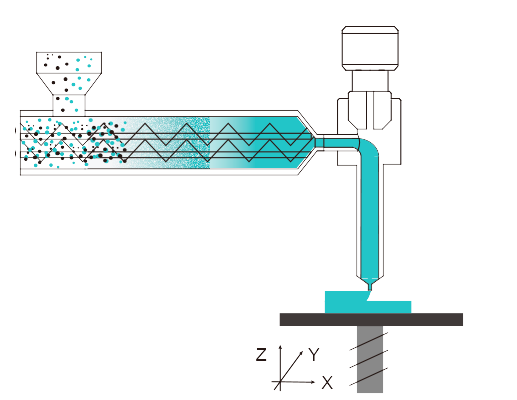 Triastek's first two applications, the T19 and T20, have been given IND clearance from the FDA, which means that clinical trial of both drugs is permitted. T19, for the treatment of rheumatoid arthritis, received IND clearance at the beginning of 2021, and Triastek expects to file its New Drug Application (NDA) in 2023. T20 treats cardiovascular and clotting disorders, and got its IND clearance in April of this year. Triastek plans on filing the T20's NDA in 2025. Presumably, then, the latest announcement means that Eli Lilly will be in charge of the clinical trials for the T19 and T20, at the very least. The idea behind both drugs is to capitalize on AM's ability to produce shapes unachievable by conventional methods, in order to create unique delivery solutions that can improve the drugs' bioavailability. There are two main components to the testing planned by Triastek and Eli Lilly. To begin, the researchers will focus on how best to maintain stability, both in the manufacturing process as well as during the drug's release, by studying how the process parameters of design affect the pharmaceuticals' excipient properties. Basically, the latter are properties that aren't medicinal, but rather determine how the body metabolizes the drug. 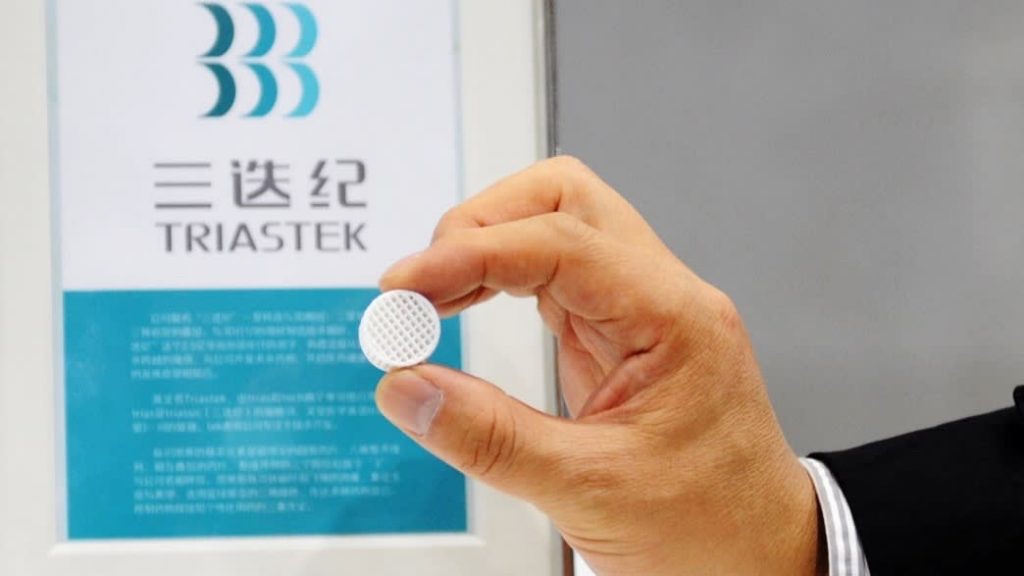 Next, the researchers will use the knowledge gained by the first step to attempt to identify particular three-dimensional designs that achieve programmed, or timed, release. The unique shapes facilitated by AM allow for control over when the drug will hit various parts of the intestinal tract, which, in turn, maintains consistent levels of the drug in the patient's system throughout the day. The small but noticeable increased interest in 3D printed pharmaceuticals activity is instructive concerning the whole AM sector. Across virtually all the subdivisions within AM, the technology has still only very recently moved beyond the R&D phase. Further, the utilization of the technology to fill supply chain gaps is even more recent. Along these lines, it's still difficult to say, which AM applications will prove to be most successful in the long run. Thus, the relatively lower level of activity in printed drugs, at this point, isn't necessarily an indicator of how things will shake out by the end of the decade. Keeping Triastek's current NDA timeline projections in mind, for instance, by 2025, some critical mass in FDA approvals could be reached, and pharmaceuticals could start to become a more common applications for AM. To sum up, then, while it may be most apparent with industries like aerospace and drugs, the examples set in these industries reveal how much the sector's success over the next decade will be dependent on the establishment of federal regulatory precedents. Images courtesy of Triastek The post Eli Lilly to Explore New 3D Printed Pharmaceuticals with Triastek appeared first on 3DPrint.com | The Voice of 3D Printing / Additive Manufacturing. |
| You are subscribed to email updates from 3DPrint.com | The Voice of 3D Printing / Additive Manufacturing. To stop receiving these emails, you may unsubscribe now. | Email delivery powered by Google |
| Google, 1600 Amphitheatre Parkway, Mountain View, CA 94043, United States | |
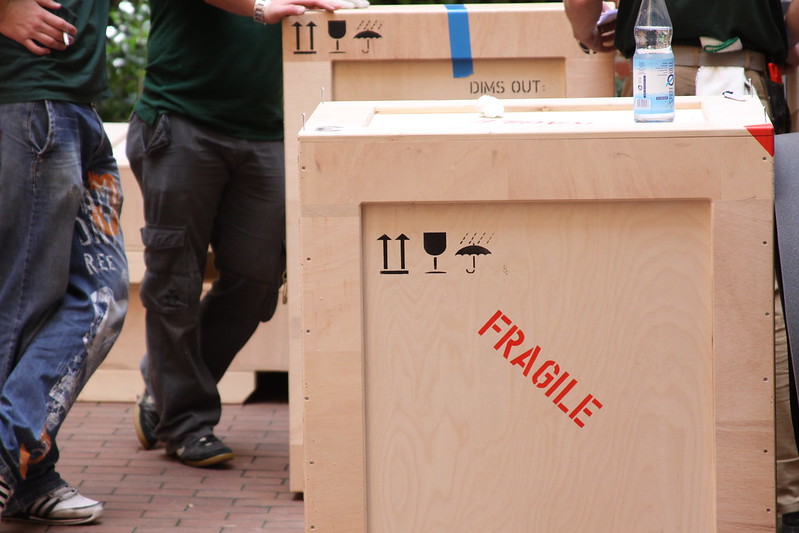
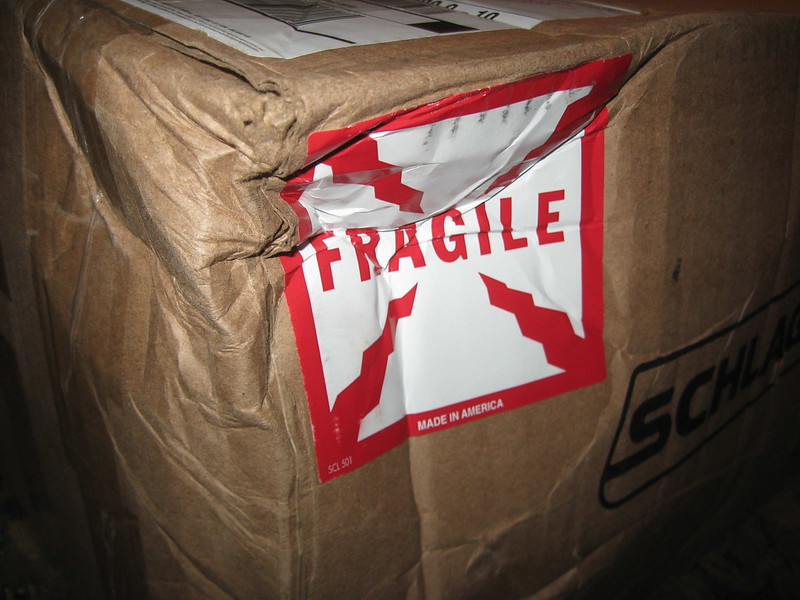

0 comments:
Post a Comment